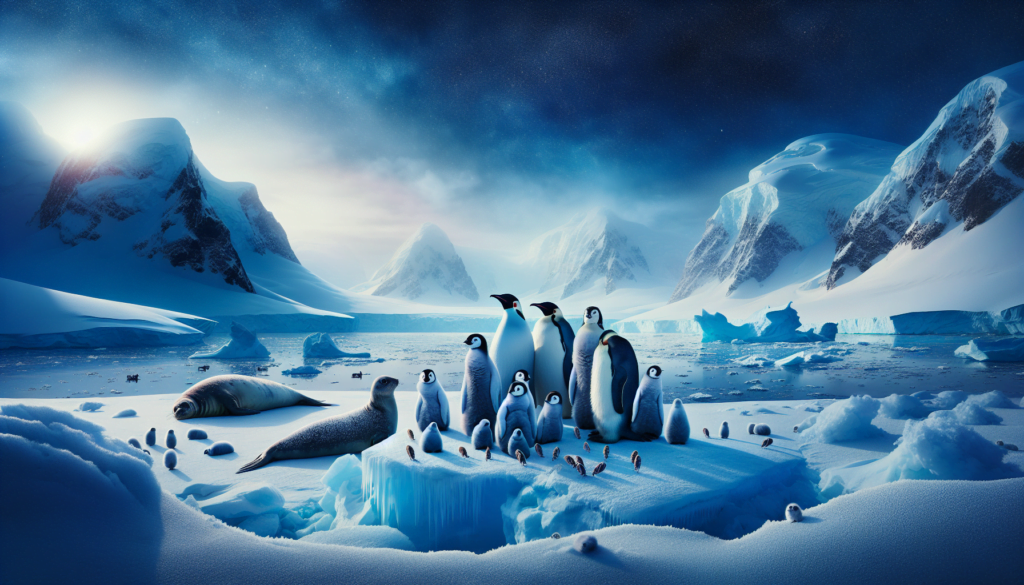Contents
The Antarctic is one of the most extreme environments on Earth, characterized by freezing temperatures, powerful winds, and months of darkness. Despite these harsh conditions, a variety of animal species have adapted to thrive in this seemingly inhospitable environment. This article explores the incredible adaptations that enable Antarctic animals to not only survive but flourish in such an extreme ecosystem.
Thermal Insulation and Blubber
One of the most critical adaptations for Antarctic animals is thermal insulation. Many marine animals, such as seals and whales, have a thick layer of blubber. This adipose tissue not only stores energy but also provides essential insulation against the freezing waters of the Southern Ocean. Birds like the Emperor Penguin possess dense feather layers that trap air, providing an insulating barrier to keep them warm.
Physiological Adaptations
Antifreeze Proteins
Some fish, such as the Antarctic icefish, have evolved to produce antifreeze proteins. These proteins prevent their blood from freezing in temperatures that would be fatal to most other fish. The antifreeze proteins bind to ice crystals and inhibit their growth, allowing these fish to survive in temperatures as low as -2°C (28°F).
Respiratory Adaptations
Weddell seals can remain underwater for over an hour, thanks to their advanced respiratory and circulatory adaptations. They are capable of shutting down non-essential bodily functions and redirecting oxygen to critical organs, allowing them to dive deep and stay submerged for extended periods while hunting for food.
Metabolic Adjustments
Antarctic animals often show metabolic adjustments to cope with extreme conditions. For instance, Antarctic krill can reduce their metabolic rate when food is scarce, allowing them to survive long periods without nourishment. This ability to slow down their metabolism helps them withstand the Antarctic winter, when food availability is at its lowest.
Behavioral Adaptations
Huddling for Warmth
Emperor penguins exhibit remarkable behavioral adaptations to survive the frigid temperatures. During the Antarctic winter, these birds form tight huddles, which can include thousands of individuals. By moving and rotating within the huddle, they share body heat and significantly reduce heat loss, increasing their chances of survival through the long, dark winter.
Migratory Patterns
Many Antarctic animals, including some species of whales and seabirds, migrate to areas with more favorable conditions during the harshest part of winter. These migratory patterns help them avoid the extreme conditions and allow them to exploit resources that may not be available in Antarctica year-round.
Camouflage and Protection
Camouflage and protection against predators are vital for survival in the Antarctic. The snowy sheathbill and various species of fish have pale coloration that helps them blend into their icy environment, making it harder for predators to spot them. Additionally, the extreme cold acts as a natural barrier against many potential predators that cannot withstand the harsh conditions.
Conclusion
The survival of Antarctic animals is a testament to the power of adaptation. Through a combination of physiological, behavioral, and physical adaptations, these animals have evolved to withstand one of the harshest environments on Earth. Their ability to adapt and thrive in the extreme conditions of the Antarctic not only highlights the remarkable versatility of life but also offers valuable insights into the mechanisms of adaptation and survival.

